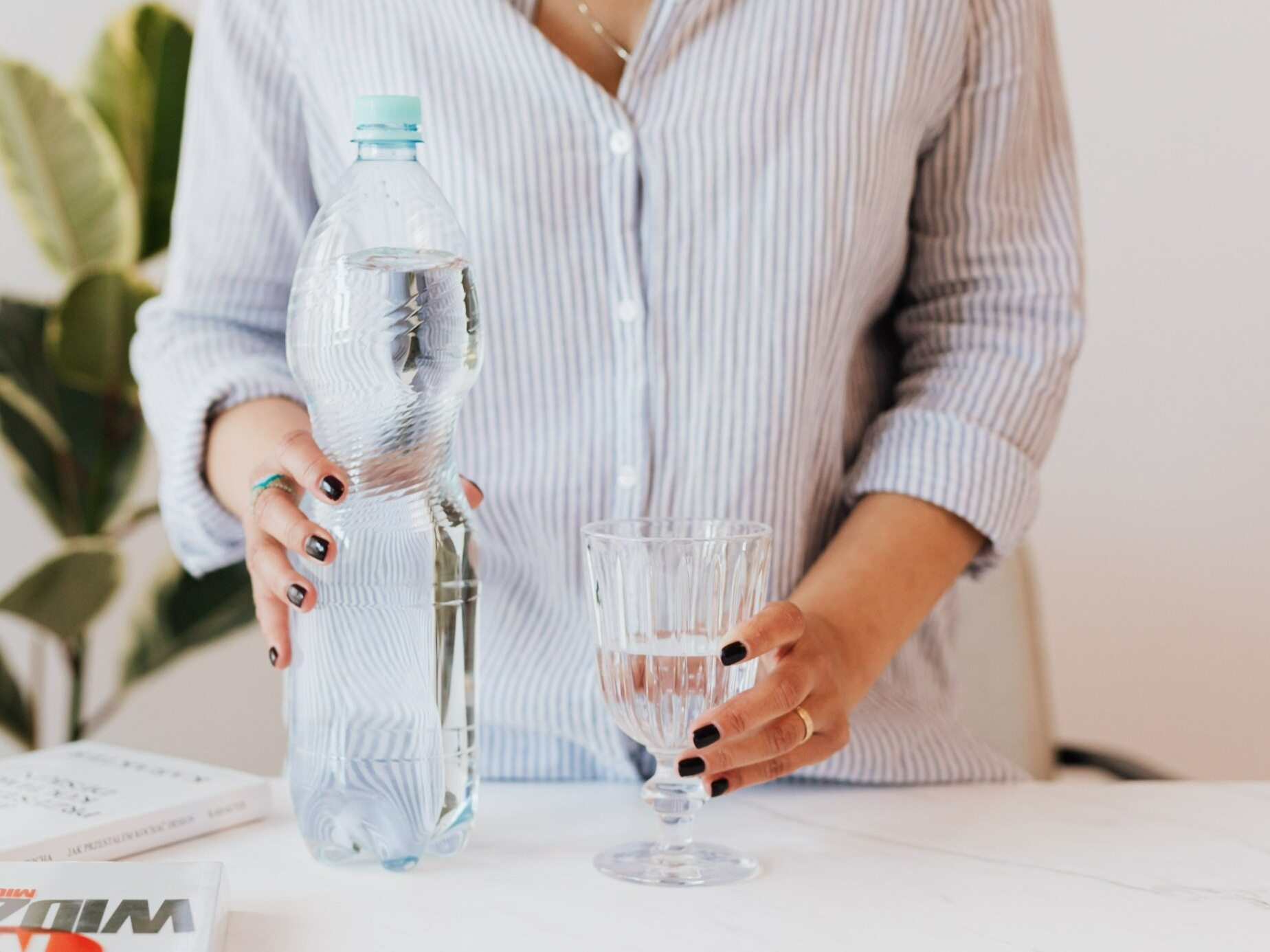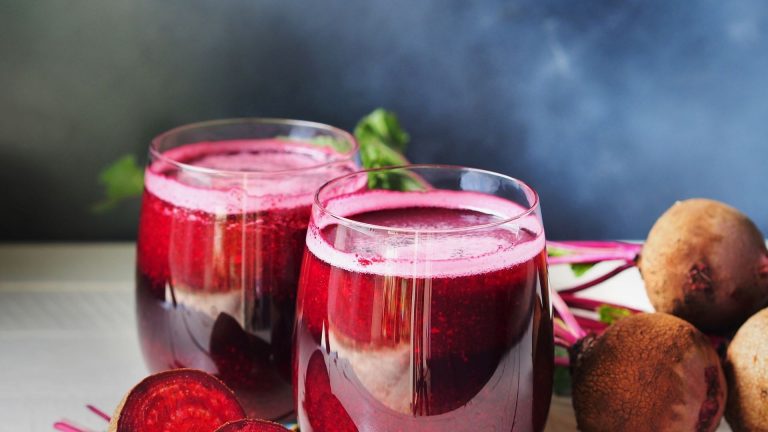Nanoplastic in bottled water. There is more of it than previously thought. Disturbing test results

Bottled water may contain more nanoplastic and microplastic particles than previously thought, posing a health risk. American scientists proved this in their research.
Microplastics and nanoplastics are tiny particles of synthetic polymers, i.e. plastics. They are invisible to the naked eye. The presence of these compounds in food is not a new discovery. It is estimated that the average person eats a teaspoon of microplastics per week. What is surprising is the number of toxic particles detected in bottled water. There may be many more of them than previously thought.
Large amounts of nanoplastics in bottled water
Researchers from Columbia University, using modern research technologies, analyzed the chemical composition of bottled water from three different brands that are very popular in the United States. It was found that there were from 110,000 to 370,000 plastic particles per liter of water, a significant part of which was nanoplastic. The research results are quite disturbing. It should be noted that nanoplastic is not excreted from the body. It accumulates in the tissues and can cause many serious health problems. Its toxicity, as researchers point out in the published report, depends not only on the dose taken, but also on the physicochemical properties of a given material.
Why is nanoplastic dangerous?
The exact effects of consuming nanoplastics are unknown. Research on its toxicity and impact on the body is still ongoing. However, it is known that it may increase the likelihood of various types of disorders, for example hormonal or neurological ones. In addition, it promotes the occurrence of oxidative stress. This is a condition when the balance between free radicals and antioxidants is disturbed. As a result, the former begin to dominate over the latter. This advantage has many negative consequences. It leads, among other things, to the acceleration of cell aging and the development of chronic inflammation, which in turn increases the risk of various diseases (including cancer).
What to do to avoid nanoplastics?
Prof. Ph.D. Bożena Bukowska from the Department of Biophysics of Environmental Contamination at the University of Lodz advises to stop buying food and water in plastic bottles or containers. A good solution is also to avoid using straws made of plastic. It is better to use those made of natural materials. A similar principle applies to packaging.
It is also worth vacuuming and cleaning your apartment frequently. Nanoplastic can also accumulate on various artificial surfaces along with dust. Specialists also recommend reading the labels of purchased goods (cosmetics, cleaning products, etc.) carefully and choosing those based on natural ingredients.






